Succulent, just-plucked baby greens, gleaming wild berries, fresh local honey—these culinary delights can usually be had at your crowded farmer’s market when in season, though they tend to cost a pretty penny. But if you’re willing to stroll through your neighborhood with a keen eye and smartphone app, you can zoom in on the exact location of an endless bounty of fruits, greens, mushrooms, and healing herbs.
A variety of global interactive maps and apps have popped up in recent years, all geared toward turning us into successful foragers overnight in an attempt to reduce our astonishing food waste. In the United States alone, 40 percent of food goes to waste, adding up to over twenty pounds of food per person per month.
[quote position="left" is_quote="true"]Food is actually all around us and we can interact with it and cultivate respect for our environment that way.[/quote]
"Food isn’t just on grocery store shelves,” says Caleb Phillips, one of the founders of Falling Fruit, a crowdsourced map of freely growing edibles for the contemporary urban forager. A data scientist at the National Renewable Energy Laboratory in Golden, Colorado, Phillips is also an adjunct professor of computer science at the University of Colorado. “Food is actually all around us and we can interact with it and cultivate respect for our environment that way.”
Phillips’s map includes 1,720 different types of edibles distributed over 1 million locations, aspiring to be the most comprehensive map of its kind. Falling Fruit is open for any forager to add their own public orchards, food forests, city trees, and farmers’ open fields. Simply type in your address, zoom in on your city, filter by edible type, and you’ll find everything from cherries to gingko to chanterelles. Foraging locations are marked with colored dots; click and an informative box will pop up with a description of the plant, often along with advice on how to find it.
Falling Fruit is available via web as well as on both the Android and iTunes stores, offering GPS tracking, photos, and multiple filters. “Right now I’m standing next to three crabapple trees,” says Phillips, “and I could upload them all with a single click, and add a descriptive comment. Comments are totally free-form and it’s been amazing to see people write whole stories about a beloved tree, or even add recipes.”
[quote position="right" is_quote="true"]Before I started foraging, I saw the world as largely hostile and inhospitable, with people competing for limited resources.[/quote]
Meanwhile, at Berkeley Open Source Food (BOSF), statistician Philip B. Stark of the University of Berkeley, along with integrative biologist Tom Carlson and nutritionist Kristen K. Rasmussen, are mapping wild edibles in three East Bay, California, food deserts (Richmond, Berkeley, and West Oakland). The foragers have found abundant fresh wild greens in economically challenged neighborhoods, including chickweed, dandelion, fennel, mallow, nasturtium, wild lettuce, wild onion, and wild radish, along with grapefruits, wild strawberries, apples, and lettuce, and common culinary herbs like mint, rosemary and sage. Soil in the area is being tested for toxicity by the group.
“Before I started foraging,” says Stark, “I saw the world as largely hostile and inhospitable, with people competing for limited resources.” Now, he says he realizes that “we live in an accidental garden of free, delicious, nutritious food. And even dense urban environments are ecosystems in which sustaining wildness erupts exuberantly.”
Foraged food may be more nutritious than its commercial cousins, as well—tests of nutrients and fiber have revealed that, for instance, foraged dandelion has two times as much fiber and calcium, and 2.5 times as much iron as farmed dandelion.
[quote position="left" is_quote="true"]The idea is that if millions of people upload all these observations, we will understand how climate change and civilization are impacting ecological systems.[/quote]
Both Falling Fruit and BOSF participate in iNaturalist, a crowdsourced citizen scientist project where people can upload observations about everything in their homes and neighborhoods, from a cherry tree to a fox fleeing through the back yard. Says Philips, “The idea is that if millions of people upload all these observations, we will understand how climate change and civilization are impacting ecological systems. We continually pull new data from iNaturalist, so when someone adds a fruit tree there, it ends up on Falling Fruit.”
For foragers off the beaten track, hiking or backpacking through mountains or country fields, the most popular outdoor iPhone app, called Gaia GPS, can be adapted to mark your hiking path and foraging finds for sharing with friends or returning later on. Still, certain caveats should be observed when foraging, care taken to avoid poisonous mushrooms or plants, as well as researching how to prepare an unfamiliar plant (some plants, such as bamboo shoots, which BOSF has discovered in the East Bay area, need to be peeled and boiled to remove hydrocyanic acid.) If you’re not certain whether that plant is safe, it’s best to leave it alone.
With care and a little practice, the plants in the sidewalk cracks can become old friends to be greeted everywhere you go.





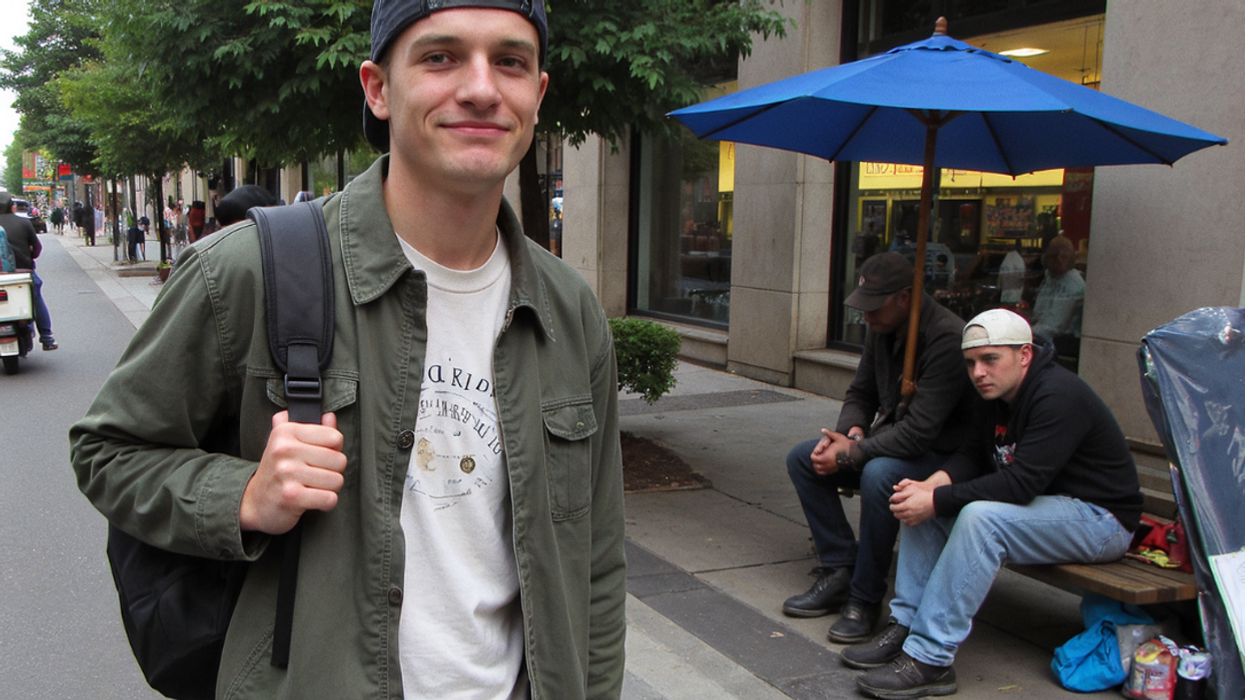


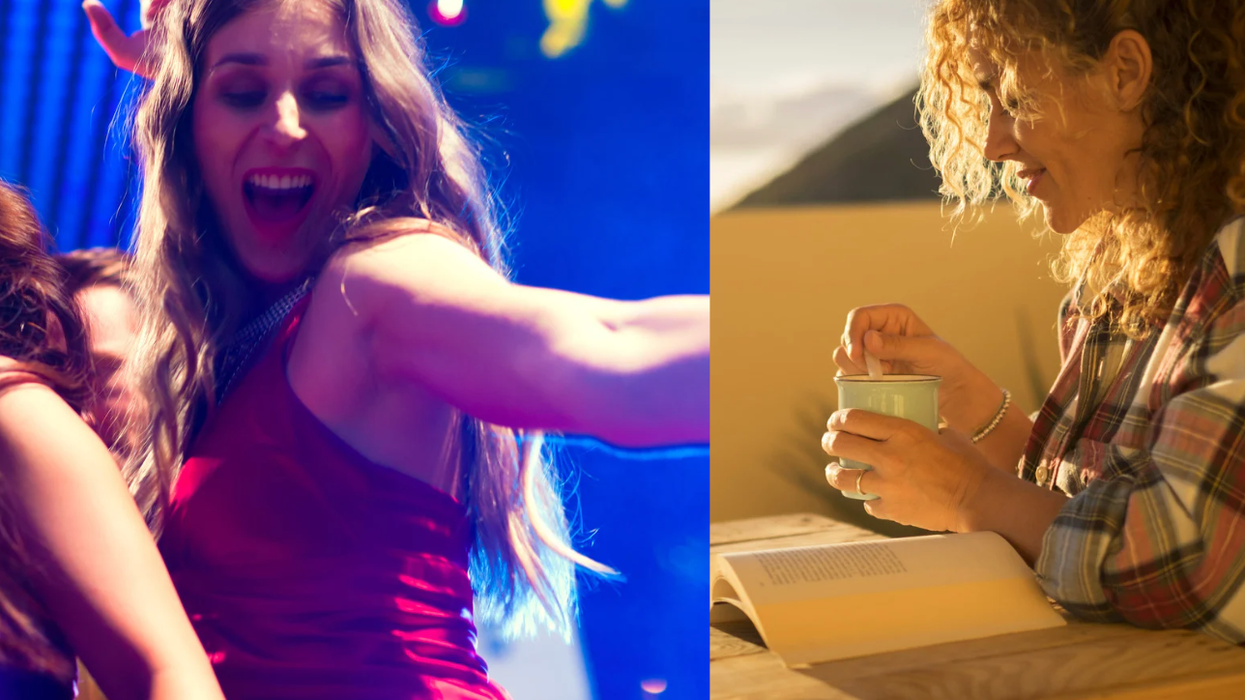
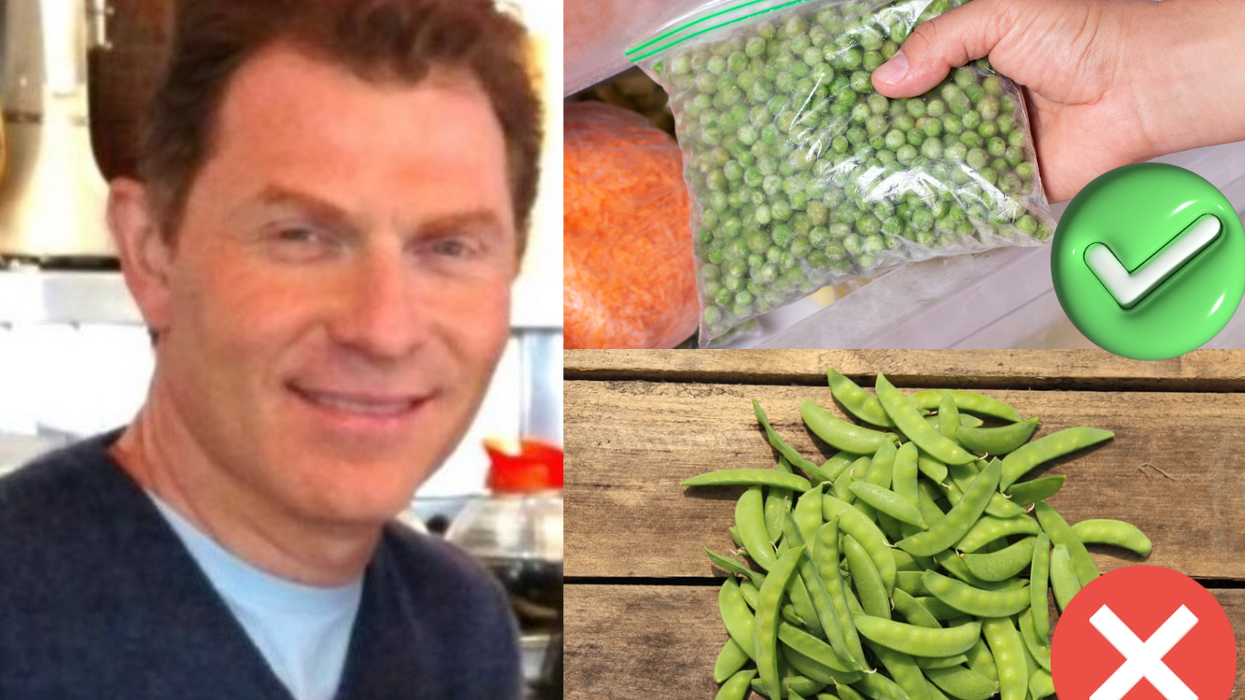






 Wiman hiding her face behind a bunch of cashCanva
Wiman hiding her face behind a bunch of cashCanva A mansion and its reflection in the swimming poolCanva
A mansion and its reflection in the swimming poolCanva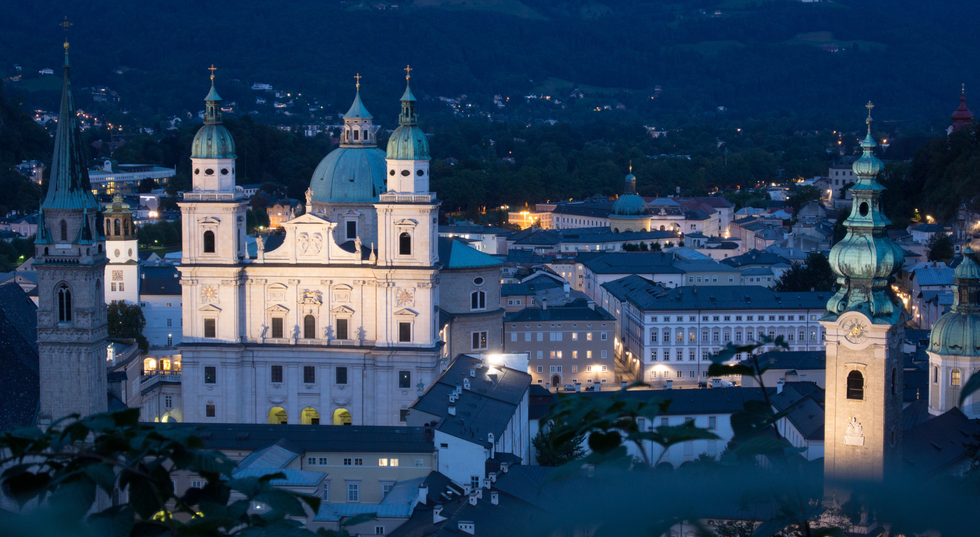 Salzburg at nightCanva
Salzburg at nightCanva Fancy homeCanva
Fancy homeCanva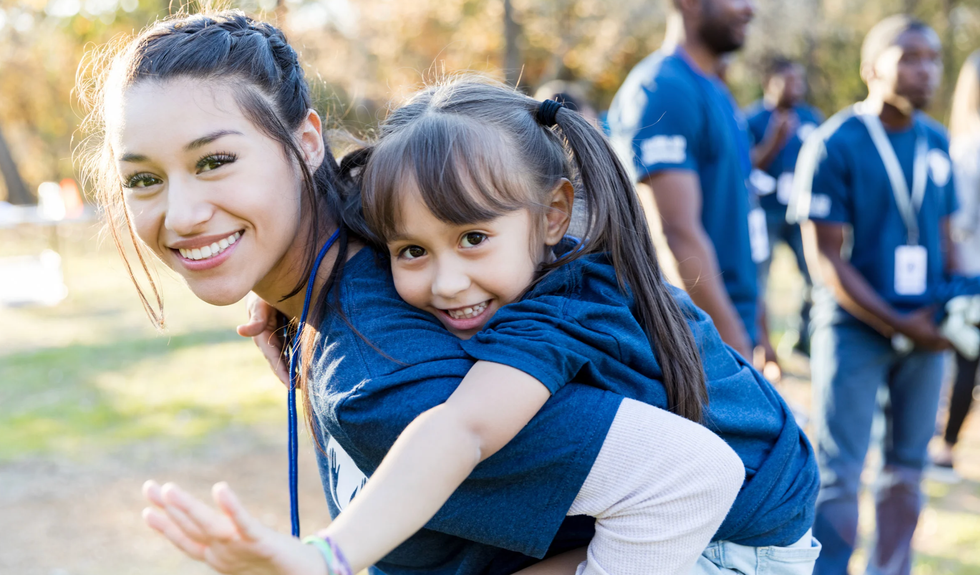 Happy volunteersCanva
Happy volunteersCanva
 Parents of young children get more time with them if they work from home.Photo credit: Canva
Parents of young children get more time with them if they work from home.Photo credit: Canva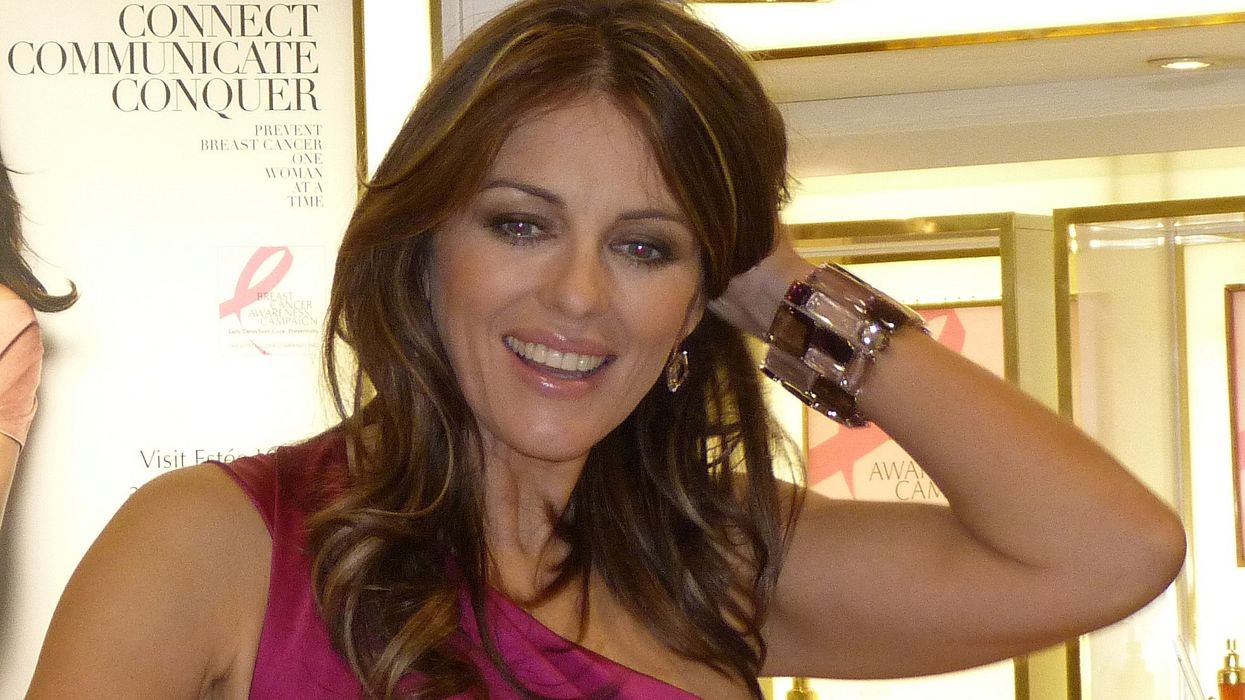




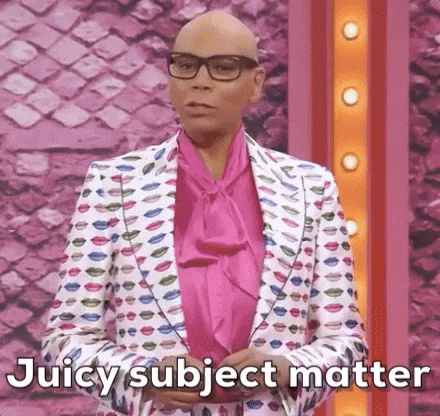 Juicy subject matter
Juicy subject matter Giphy from The Blacklist.
Giphy from The Blacklist. We could start a rumor.
We could start a rumor.
Grieving couple comforting each other
This response to someone grieving a friend might be the best internet comment ever
When someone is hit with the sudden loss of a friend or loved one, words rarely feel like enough. Yet, more than a decade ago, a wise Redditor named GSnow shared thoughts so profound they still bring comfort to grieving hearts today.
Originally posted around 2011, the now-famous reply was rediscovered when Upvoted, an official Reddit publication, featured it again to remind everyone of its enduring truth. It began as a simple plea for help: “My friend just died. I don't know what to do.”
What followed was a piece of writing that many consider one of the internet’s best comments of all time. It remains shared across social media, grief forums, and personal messages to this day because its honesty and metaphor speak to the raw reality of loss and the slow, irregular path toward healing.
Below is GSnow’s full reply, unchanged, in all its gentle, wave-crashing beauty:
Why this advice still matters
Mental health professionals and grief counselors often describe bereavement in stages or phases, but GSnow’s “wave theory” gives an image more relatable for many. Rather than a linear process, grief surges and retreats—sometimes triggered by a song, a place, or a simple morning cup of coffee.
In recent years, this metaphor has found renewed relevance. Communities on Reddit, TikTok, and grief support groups frequently reshare it to help explain the unpredictable nature of mourning.
Many readers say this analogy helps them feel less alone, giving them permission to ride each wave of grief rather than fight it.
Finding comfort in shared wisdom
Since this comment first surfaced, countless people have posted their own stories underneath it, thanking GSnow and passing the words to others facing fresh heartbreak. It’s proof that sometimes, the internet can feel like a global support group—strangers linked by shared loss and hope.
For those searching for more support today, organizations like The Dougy Center, GriefShare, and local bereavement groups offer compassionate resources. If you or someone you know is struggling with intense grief, please reach out to mental health professionals who can help navigate these deep waters.
When grief comes crashing like the ocean, remember these words—and hang on. There is life between the waves.
This article originally appeared four years ago.